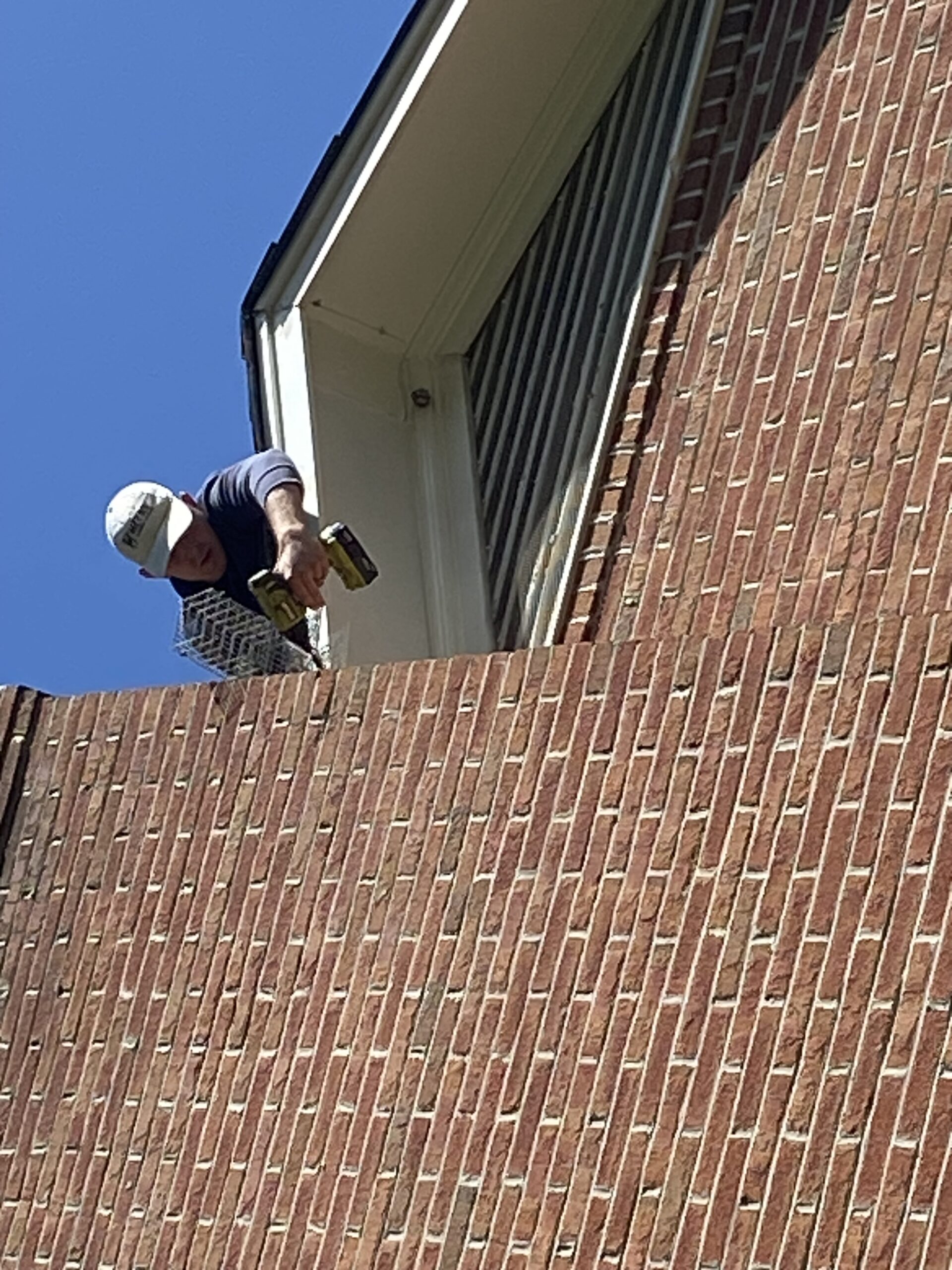How do I permanently get rid of bats?
Bats are an integral part of our ecosystem, but their presence in human habitats can sometimes be a nuisance or even a health risk. Dealing with bats is a sensitive issue due to their protected status in many regions. Usually, it is not legal or ethical to kill bats as a method of removal. Therefore, finding a humane solution that respects both human needs and the wellbeing of bats is important. Metro Wildlife Control offers expert assistance for bat removal with safety and efficiency. This article will guide you through the understanding of bat behavior, habitats, and effective strategies for bat removal.

Understanding Bat Behavior and Habitats
Bats are nocturnal creatures, which means they are most active during the night and sleep during the day. They prefer dark, secluded places for roosting and breeding. This is why attics, chimneys, and barns often become prime bat real estate. During their hibernation period in colder months, bats seek out warm places to ensure survival, which might cause them to infiltrate human dwellings.
Understanding the species of bats in your area can also be instrumental in developing a bat removal strategy. Different bat species have different behaviors, preferred habitats, and hibernation periods. Some species form large colonies, while others live solitarily. Local wildlife authorities or a professional wildlife control service can help you identify the species of bats in your home.
Bat guano (bat droppings) can be a tell-tale sign of bat infestation. It is usually found near their entry and exit points, such as windows, vents, or chimneys. Bat guano can be harmful to humans, causing a disease known as histoplasmosis. Therefore, caution must be exercised when dealing with it.

Implementing Effective Strategies for Bat Removal
The first step in bat removal is identifying their entry and exit points. This can usually be done by observing the bats at dusk when they depart for their nightly feeding. Once these points are identified, the process of exclusion can begin. Exclusion involves installing one-way devices that allow bats to leave but not reenter the building. This process should ideally be carried out in late summer or early autumn when baby bats (pups) have learned to fly, to avoid trapping them inside.
Bat-proofing your home is a crucial step in ensuring permanent removal of bats. This includes sealing all potential entry points, such as cracks, crevices, vents, and holes. Chimneys and vents can be covered with mesh or netting to prevent bat infiltration. Regular maintenance and inspection of these areas can help keep your home bat-free in the long run.
Professional bat removal services are recommended for the safest and most effective results. They have the expertise, equipment, and knowledge of local bat species to ensure humane and permanent bat removal. They can also provide cleanup and sanitization services to deal with bat guano and any potential health risks.

In conclusion, understanding bat behaviors and habitats, and implementing effective removal strategies are key to dealing with bat infestations. While some steps can be carried out by homeowners, professional services are recommended for best results. Metro Wildlife Control provides comprehensive bat removal services, ensuring safe, humane, and permanent bat exclusion.
